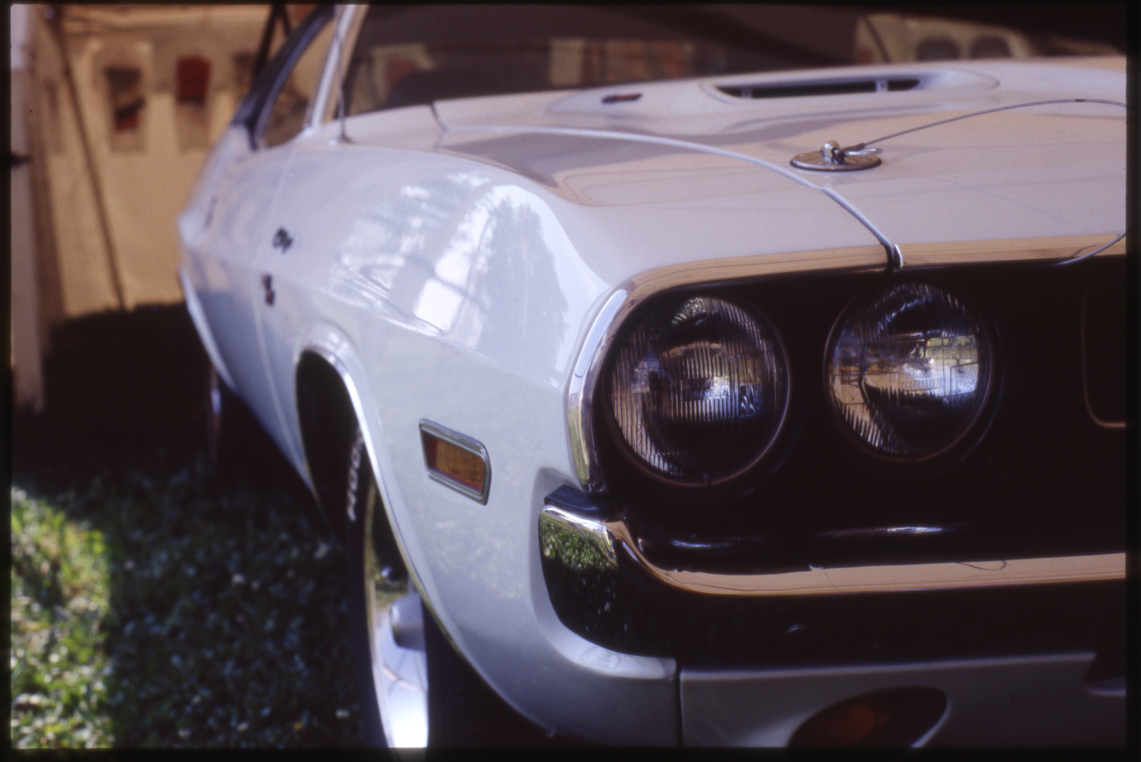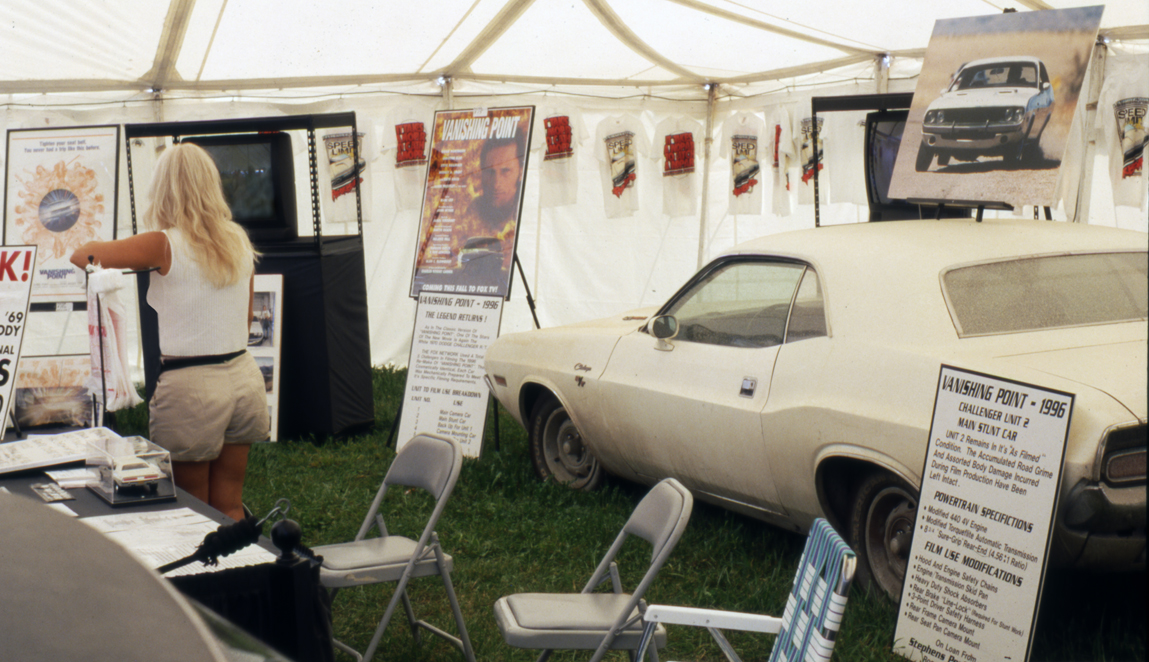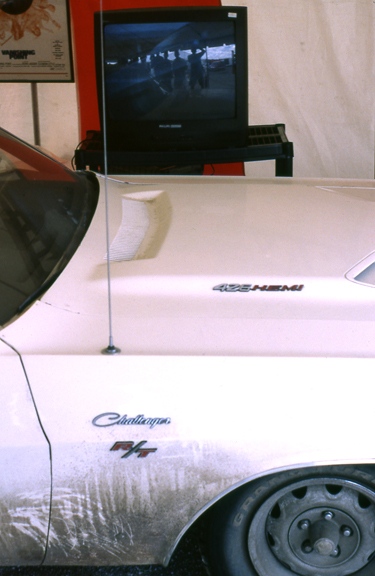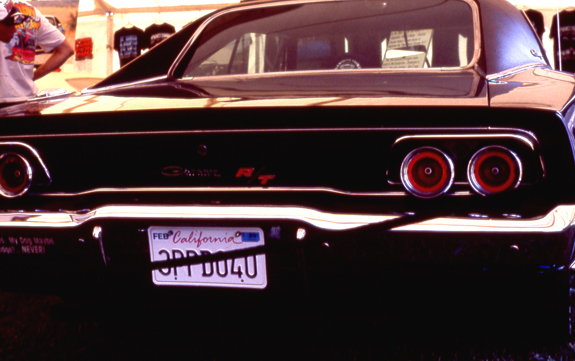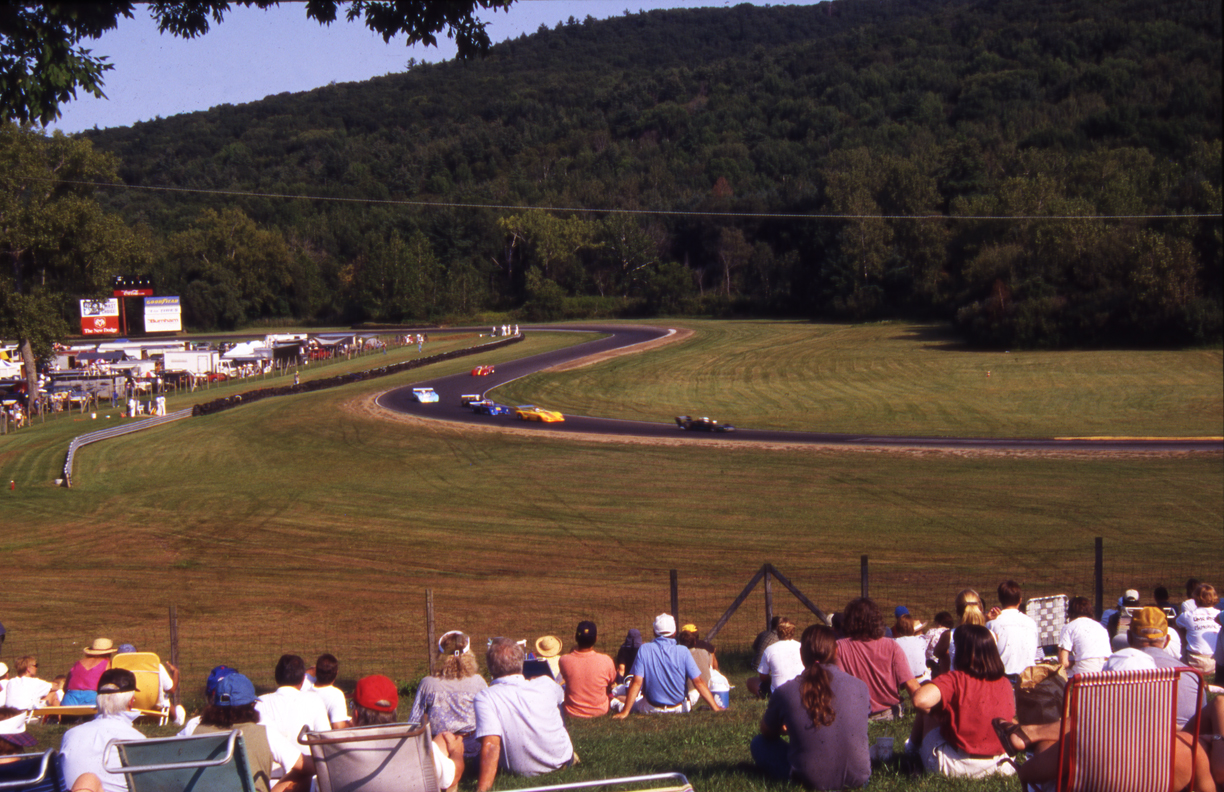When Dan Gurney and Carroll Shelby founded All American Racers (AAR) in 1964, they wanted to build exceptional racing cars in the United States that would gain international recognition. And that is exactly what they did.
By the time 1970 came about, Sam Posey was the driver for Ray Caldwell’s factory backed Auto Dynamics 1970 Dodge Challenger, and in Trans Am Series he raced against Parnelli Jones, also against Dan Gurney in the AAR Cuda, with Swede Savage driving for that same team. This was a time that racing historians regard as the greatest season of professional road racing in US history! These pony cars competitors were the Dodge Challenger and the Plymouth Cuda. The Dodge finished fourth in points for the 1970 season, behind the Ford Corporate Team, and the great Roger Penske’s AMC, but ahead of Chevrolet, the Plymouth Cuda entries, and Pontiac. This all done as a last minute start up team of Dodge boys ready to take on the world of road racing.
In 1970, Chrysler introduced its third generation Barracuda, and the new Dodge Challenger, a distant relative from the 1959 very limited edition Silver Challenger. This pair of new ponys gave potential racers of the future many great engine options; from basic solid 6-cylinder, through the “Big Blocks” but not at big bucks, 340-cubic inch, 383, 440, and 426 “Hemi” elephant power plants. With the 425 horses ready to nip the other pony cars in the ass. 1970 was also the year that Chrysler executives decided to add onto the corporation’s current race programs of NASCAR racing and NHRA drag racing by sponsoring Cuda and Dodge Challenger teams in the ’70 Sports Car Club of America (SCCA) Trans-American sedan road racing series.
Trans-Am racing was getting a lot of top name drivers along with car companies spending whatever amount of money was needed to get winning results and faster road course lap time. This is when Dan Gurney was hired to manage the racing program. Dan was retired from active race driving. But he still would get behind the wheel if needed, as in the Lime Rock Connecticut race. He did not finish that race, dropping out with clutch problems. Gurney’s management responsibility would be to locate and organize the needed talent, and construct specially designed race set-ups.
Trans-Am regulations required that 2,500 examples of this model car be offered to the public. These models were the now world famous AAR Cuda and AAR Dodge Challenger loaded with the 340 cubic inch V8 with three two barrel carburetors, affectionately known as “The Six Pack”. Exhaust pipes that ended short below each door. Ouch that could get you a hot foot! The suspensions were special but turned out to be not so special for road course handling in these otherwise Super Cars. It came from the factory with larger front disc brakes, the much loved “Pistol Grip” four speed standard shifter, a matte black fiberglass hood, a big in your face air grabber hood scoop, rear wing spoiler and a quicker steering ratio. The tires were the first to be set up with tires that were one size wider in the back than on the front wheels. This is common today but new at that time. The AARs made 290 horsepower, equal to Boss Mustang streetcar, but less than Chevy’s success, the ’70 Z/28 Camaro that used a Corvette 350 with 260 horses. The ARR Cudas that Dan built for his driver, the well-named Swede Savage, cost a lot more than the street version of the Cuda’s $3,966 price tag, that even being more than $1,200 over the price of a base Barracuda. Plymouth had no problem to find eager customers to sell every one of the 2,500 AAR Cudas it was required to build that year (they actually made and sold 2,724 of this model).
The team of Gurney/Savage was not quite as successful as those car sale numbers, finishing fifth in points, behind the Dodge Challengers with a similar set up. But alas all good things must come to an end, or not? After just one extended season of great champion competitors and dramatic racing, Ford decided to drop out! Following this surprise move, Chrysler executives cut off its support and involvement for Trans-Am racing. So now with the end of its road-racing days, those factory built racers AAR’s came to an end way too soon… or is it? Chrysler Fiat has a golden opportunity to revisit one of their most successful models (and favorite car from the 1971 cult film Vanishing Point & the’90s remake) and bring it back into modern times. And it would have America right there in middle of its race history name. You couldn’t go wrong with this package’s road racing potential, and a great tire and suspension system could eliminate the wheel hop problems and win their way back to victory circle.
Back in those days, Trans Am series teams were known to acid dip the racecars to etch away the metal making the cars lighter. At Laguna Seca, the first race of the ‘70 season, the Challenger team was last in line for technical inspection. Since all the factories were participating in 1970, the first inspection of the year was highly detailed. After the Challenger had passed tech inspection and was accepted onto the race roster, the team offered John Taminus, the chief technical inspector, a beer. John sloppily rested his elbow on the roof and dented it. It was extra soft metal from an extra long time in the acid bath. So now the team was told by the officials that they could not run the car until the roof was replaced! Within an hour of the incident the Challenger team had received permission from Chrysler executives to cut the roof off a Challenger that was sitting on a dealer’s showroom floor in downtown Monterey California. They were able to perform this roof transplant and start the race on time. It was all well worth it, Sam Posey finishes in a respectful third place. Other best finishes for Sam in 1970 were third at Lime Rock, third at Road America and once again Sam Posey in third at the Kent race track.
I’m pleased to again be able to share another small part of the grand story about American muscle car history that led us up to today’s modern day muscle car classics. You can count on seeing more interesting imagery and posts in the near future. Cruise them, race them, or if you like, just take them out, show them off, and enjoy admiring them. Cheers!
— HKK
Images of The AAR
Copyrighted 2014 by HKK Productions Inc
.

